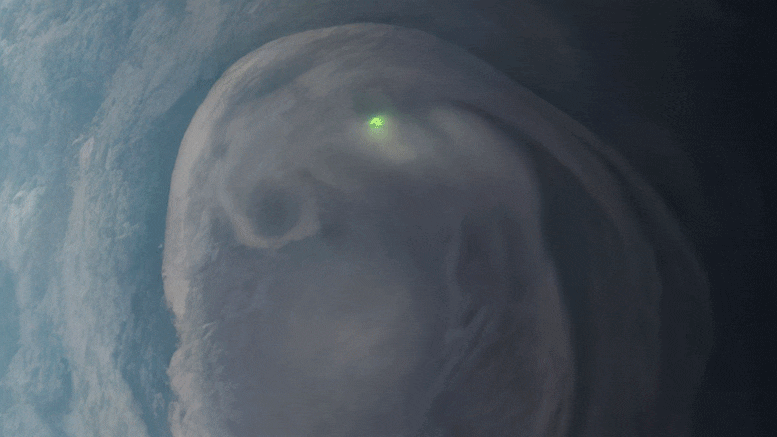
NASA’s Juno mission has captured an image of a lightning bolt near Jupiter’s north pole, a sight most often observed on the gas giant as compared to Earth, where lightning primarily occurs near the equator. Credit: NASA/JPL-Caltech/SwRI/MSSS, Image processing by Kevin M. Gill © CC BY
NASA’s Juno spacecraft captured a lightning bolt at Jupiter’s north pole, likely originating from ammonia-water solution clouds, unlike Earth’s water cloud-based lightning.
In this view of a vortex near Jupiter’s north pole, NASA’s Juno mission observed the glow from a bolt of lightning. On Earth, lightning bolts originate from water clouds, and happen most frequently near the equator, while on Jupiter lightning likely also occurs in clouds containing an ammonia-water solution, and can be seen most often near the poles.
In the coming months, Juno’s orbits will repeatedly take it close to Jupiter as the spacecraft passes over the giant planet’s night side, which will provide even more opportunities for Juno’s suite of science instruments to catch lightning in the act.
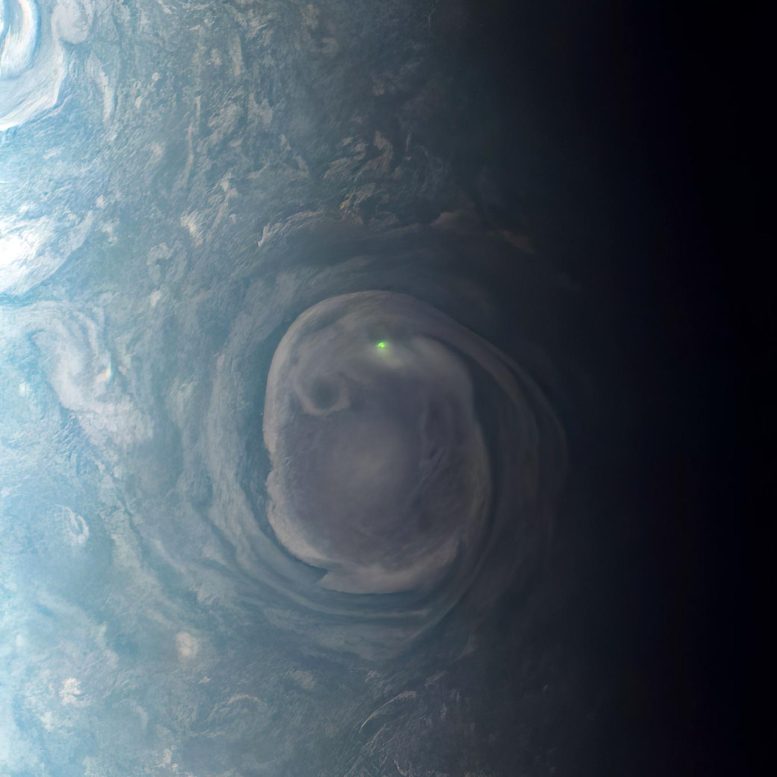
This unique view was obtained during Juno’s 31st close flyby of Jupiter on December 30, 2020. Juno was approximately 19,900 miles above Jupiter’s cloud tops, approaching the planet at a latitude of about 78 degrees. Credit: NASA/JPL-Caltech/SwRI/MSSS, Image processing by Kevin M. Gill © CC BY
Juno captured this view as Juno completed its 31st close flyby of Jupiter on December 30, 2020. In 2022, Citizen scientist Kevin M. Gill processed the image from raw data from the JunoCam instrument aboard the spacecraft. At the time the raw image was taken, Juno was about 19,900 miles (32,000 kilometers) above Jupiter’s cloud tops, at a latitude of about 78 degrees as it approached the planet.
JunoCam’s raw images are available for the public to peruse and process into image products at https://missionjuno.swri.edu/junocam/processing. More information about NASA citizen science can be found at https://science.nasa.gov/citizenscience and https://www.nasa.gov/solve/opportunities/citizenscience.
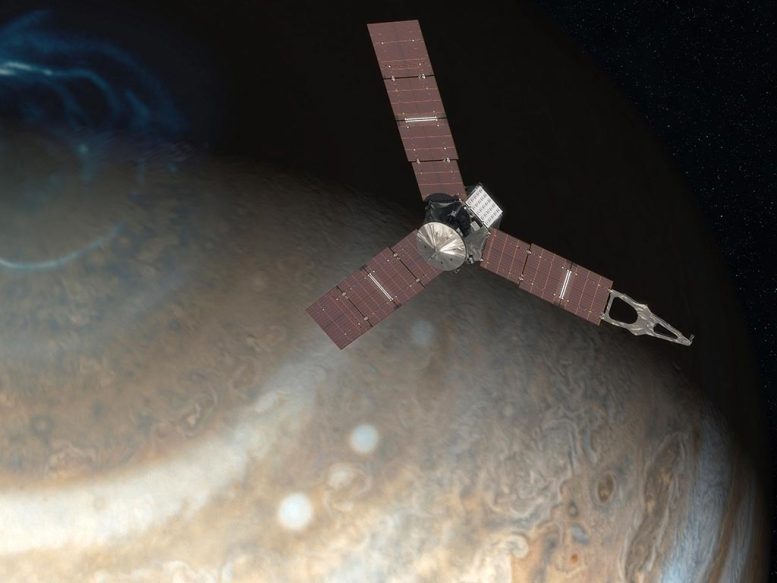
This artist’s concept depicts NASA’s Juno spacecraft above Jupiter’s north pole. Credit: NASA/JPL-Caltech
NASA’s Juno mission is a space exploration endeavor aimed at studying Jupiter, the largest planet in our solar system. Launched on August 5, 2011, Juno’s primary goal is to understand the origin and evolution of Jupiter. The spacecraft is designed to peer beneath the dense cloud cover to investigate the planet’s structure, atmosphere, and magnetic fields. The mission seeks to find clues about the fundamental processes and conditions that governed our solar system’s formation by investigating Jupiter’s composition, gravity field, magnetic field, and polar magnetosphere.

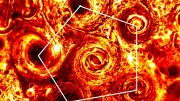
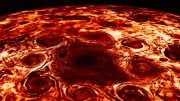
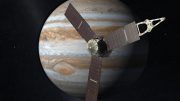
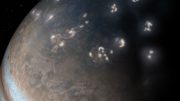
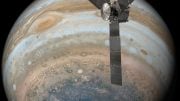
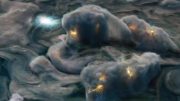
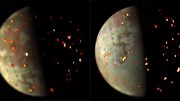
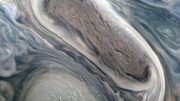
Be the first to comment on "In a Flash: NASA’s Juno Mission Captures Lightning on Jupiter"